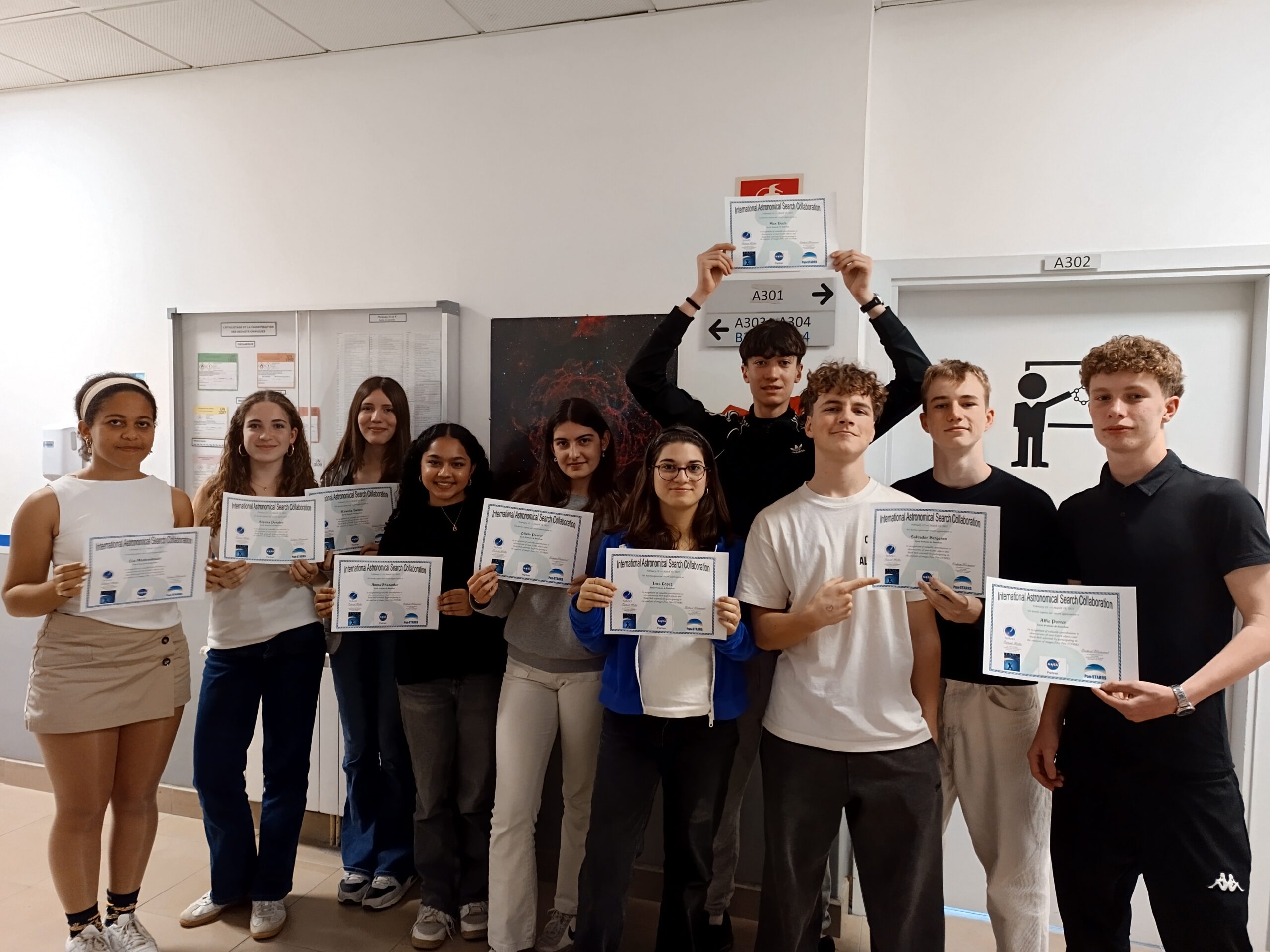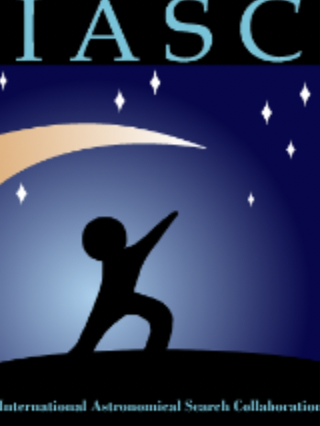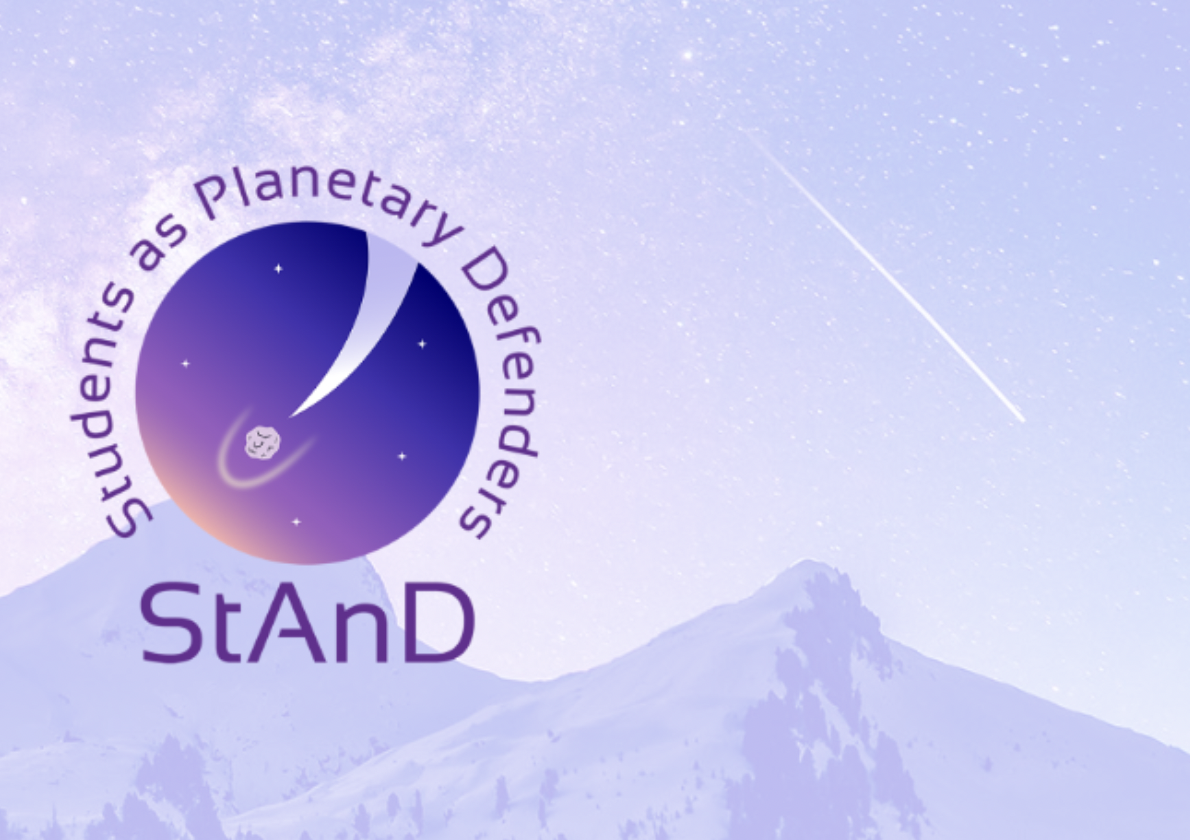Some students of DNL 2nde have participated in the StAnD Erasmus+ Asteroid Search Campaign of the International Astronomical Search Collaboration (IASC).
The campaign ran from February 21 until March 19.
Welcome to IASC!
Asteroid search campaigns are run and managed by the International Astronomical Search Collaboration (IASC = “Isaac”). Each year 10,000 teams participate from more than 100 countries. Participants make important detections of Main Belt asteroids (MBAs) and occasionally of trans-Neptunian objects (TNOs).
Since starting in October 2006, participants have made over 5,000 asteroid discoveries. To date, 86 have been numbered and placed into the world’s official minor bodies catalog maintained by the International Astronomical Union (IAU, Paris). Numbered asteroids can be named by their discoverers.
Pan-STARRS (Institute for Astronomy)
Image sets are provided by the Institute for Astronomy (IfA) at the University of Hawaii. Given clear and dark skies, the IfA uses the 1.8-m Pan-STARRS telescope located on Haleakala to take images along the ecliptic.
The teams receive these image sets and use the program Astrometrica to search for and measure asteroids. A report is prepared and submitted through the IASC website, then reviewed by IASC for possible detections.
Image sets are provided during the 2-week time period starting with the Moon’s 3rd Quarter and ending with the 1st Quarter. The teams have until the next 3rd Quarter to complete their analysis and send their reports to IASC for review and validation.
This Wednesday, March 26, the DNL class received a certificate for this project. Congratulations to all for their contribution and commitment!
To know more about StAnD and IASC you can visit these websites.





